From a newborn baby born in an isolated village to a grandmother on her terrace rooftop in the sprawling capital, Bangladesh is a compelling country. Despite extreme poverty, the country has made great improvements in women’s and children’s health — lowering the maternal mortality rate by a third since the mid-1980s, improving access to medical services, and cutting the under-5 mortality rate in half in the last decade. This photo essay is an intimate look at the mothers and children of one of the world’s most complex countries.

Nursing student Adlina Luiga Mondel wraps up a newborn baby at Bollobhpur Hospital in Meherpur, Bangladesh.
Photo: Chantal Anderson

In the past decade, the number of women delivering in hospitals rather than at home has more than doubled, but about 85 percent of Bangladeshi women continue to give birth at home without any medical assistance.
Photo: Chantal Anderson

Nurse in training at Bollobhpur Hospital, in western Bangladesh. Sister Gillian Rose, the director of the hospital, instructs nearly 100 nursing students from rural Bangladesh each year.
Photo: Chantal Anderson

Bollobhpur Hospital nurses Shilpi and Nomina. The Church of Bangladesh runs the hospital with donations from across the globe.
Photo: Chantal Anderson
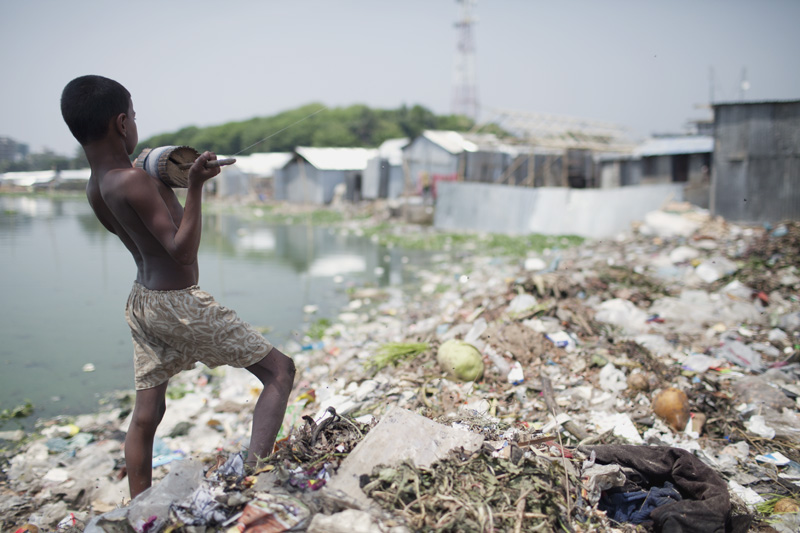
A third of Dhaka’s population lives in slums. The Korail slum is one of the largest in the city, with an estimated 120,000 inhabitants.
Photo: Chantal Anderson

Khairun Nahar sells vegetables in the slum’s market.
Photo: Chantal Anderson

A grandmother holds her newborn grandchild at Bollobhpur Hospital.
Photo: Chantal Anderson
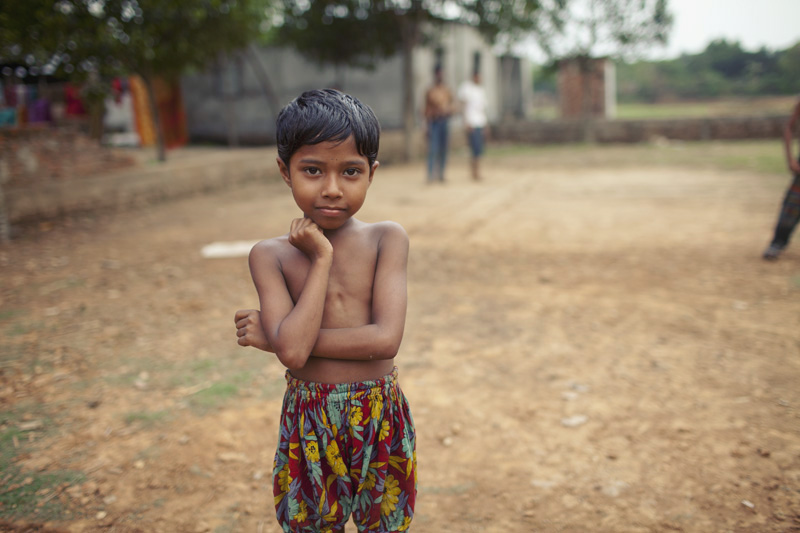
A young girl poses for a portrait after a game of tag in Savar, Bangladesh.
Photo: Chantal Anderson

When Bangladeshi girls hit puberty, they are expected to cover their bodies with a low-hanging scarf called an orna.
Photo: Chantal Anderson

Bollobhpur Hospital nursing student Sweety and her mother stop for a portrait on the hospital grounds in between chores.
Photo: Chantal Anderson
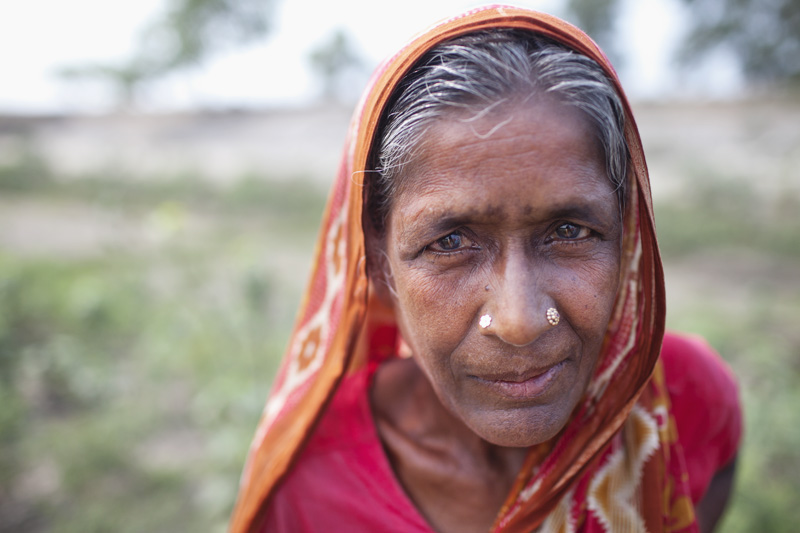
Photo: Chantal Anderson
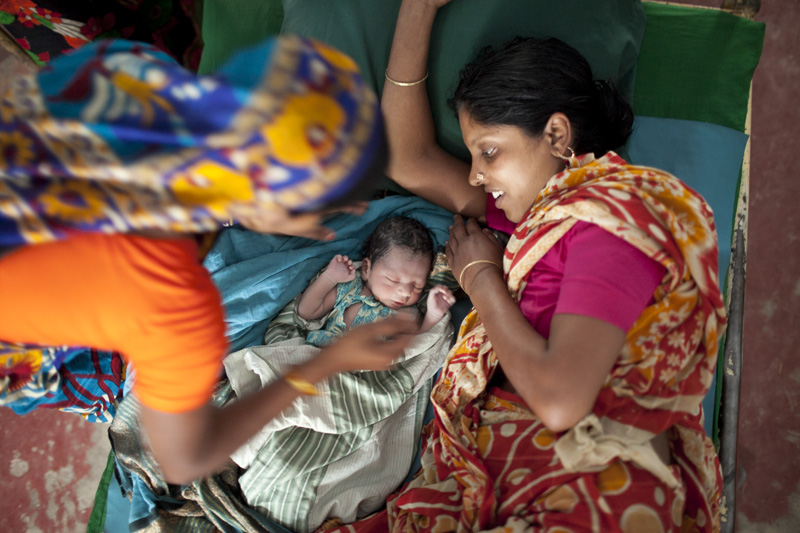
Since 2001, Bangladesh’s maternal mortality rate has declined by 40 percent.
Photo: Chantal Anderson

A Bangladeshi woman holds her twins at her home in Korail slum.
Photo: Chantal Anderson
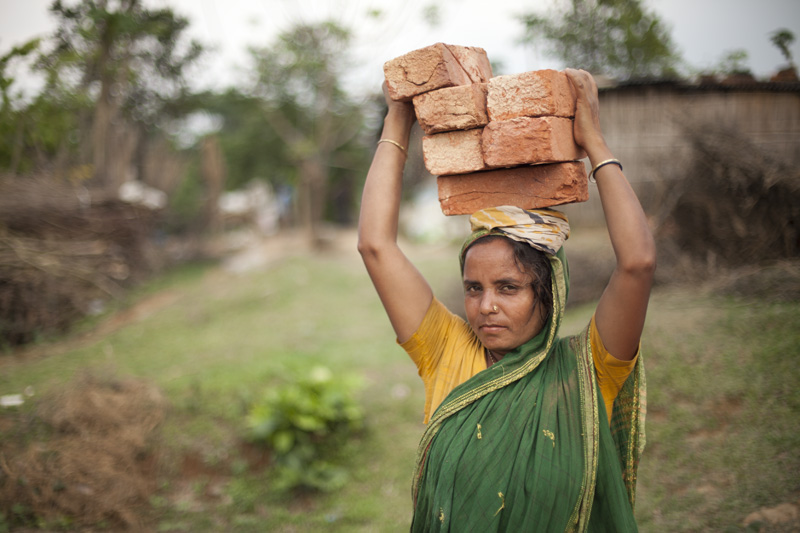
Despite traditional gender roles in Islam, many Bangladeshi women — like this brick-loader in Savar — work in the manual labor force.
Photo: Chantal Anderson

A streetside cricket player in Savar, a small city near Dhaka, takes a moment from his game to monkey around.
Photo: Chantal Anderson
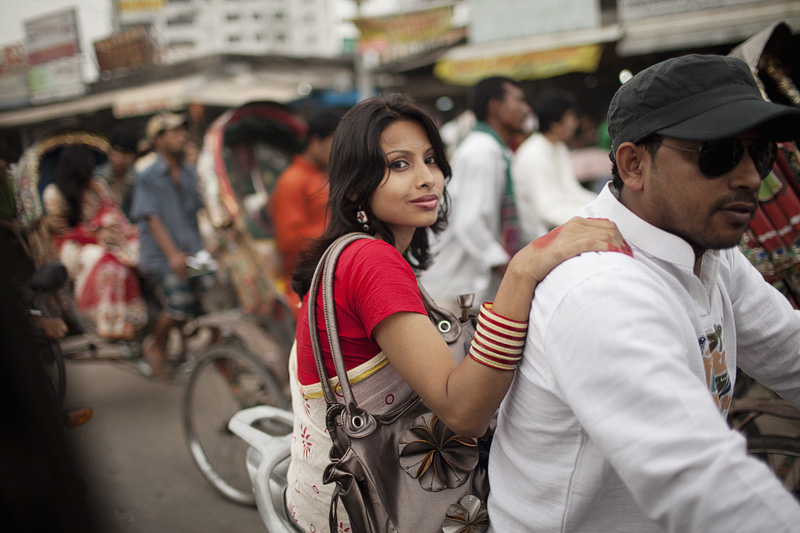
As Bangladesh’s economy expands, more women are joining the workforce and choosing to start families later in life.
Photo: Chantal Anderson

Nurjahan Selim, an upper middle-class grandmother, lives in a flat above her children and grandchildren in Dhaka’s Farmgate neighborhood.
Photo: Chantal Anderson

For the poorest Bangladeshis, UNICEF estimates 86 out of every 1,000 children won’t make it to adulthood because of injuries, diseases and a lack of medical access.
Photo: Chantal Anderson

Older children often care for younger siblings while their parents work. This can sometimes be a barrier to attending school.
Photo: Chantal Anderson

Older children often care for younger siblings while their parents work. This can sometimes be a barrier to attending school.
Photo: Chantal Anderson

